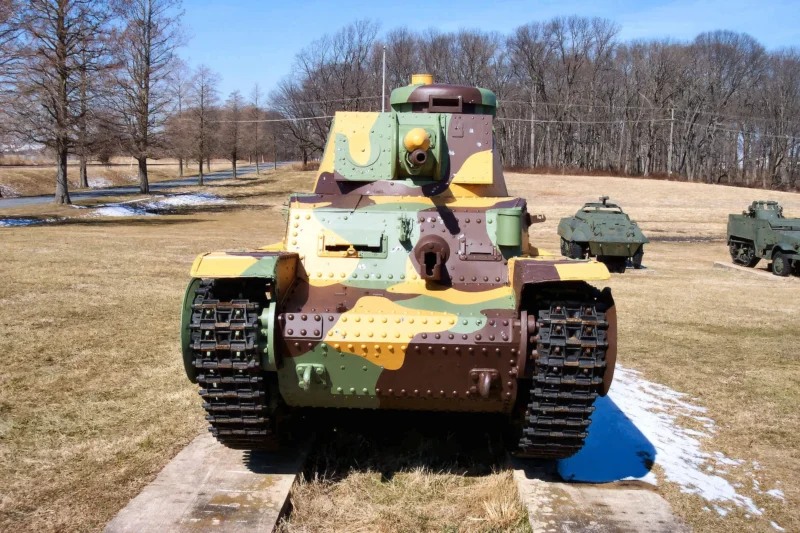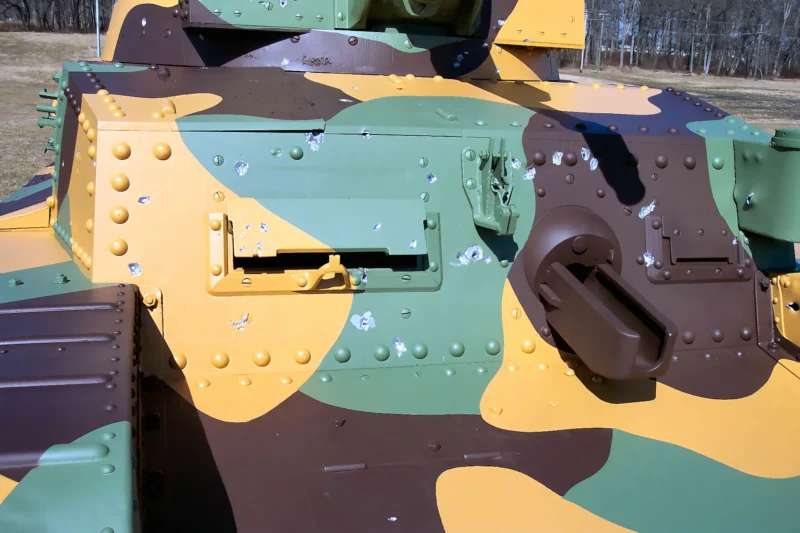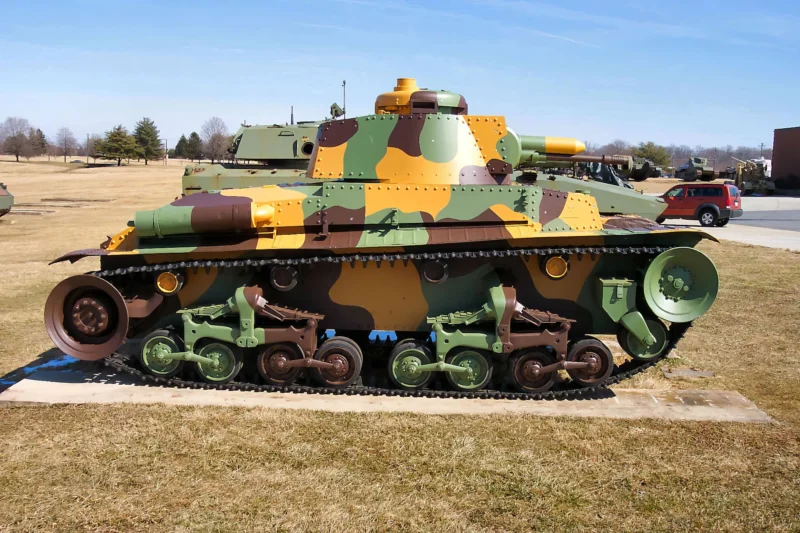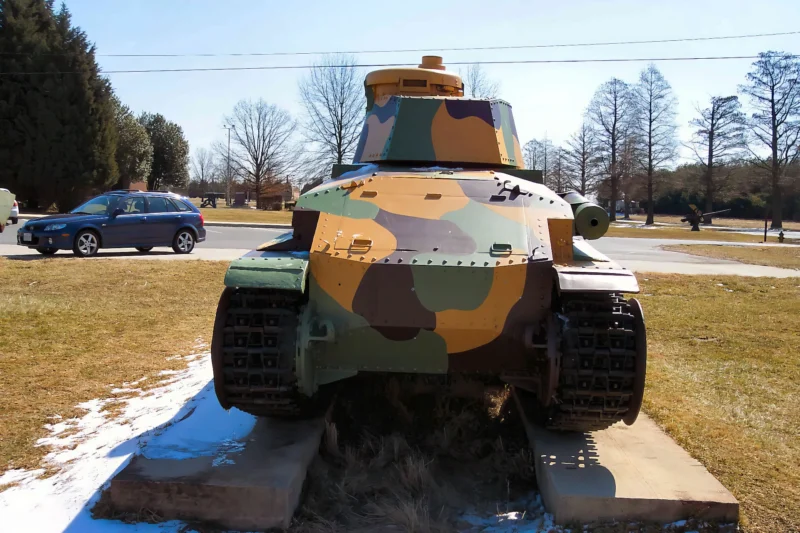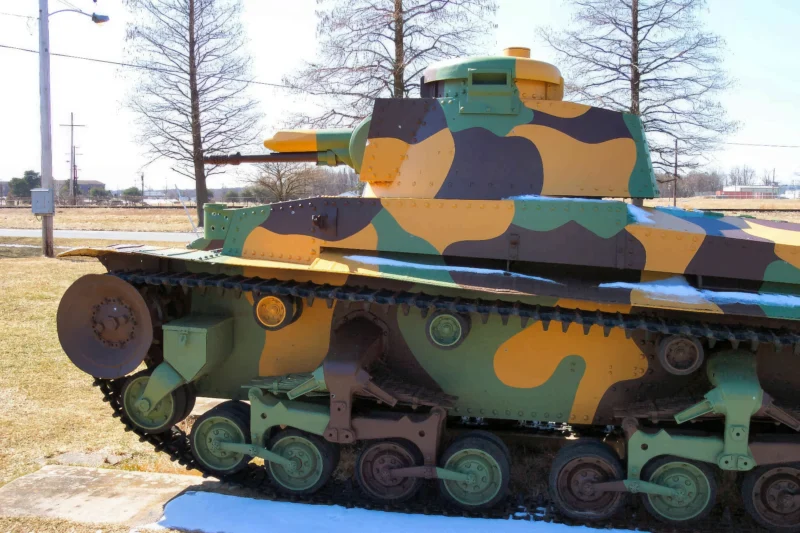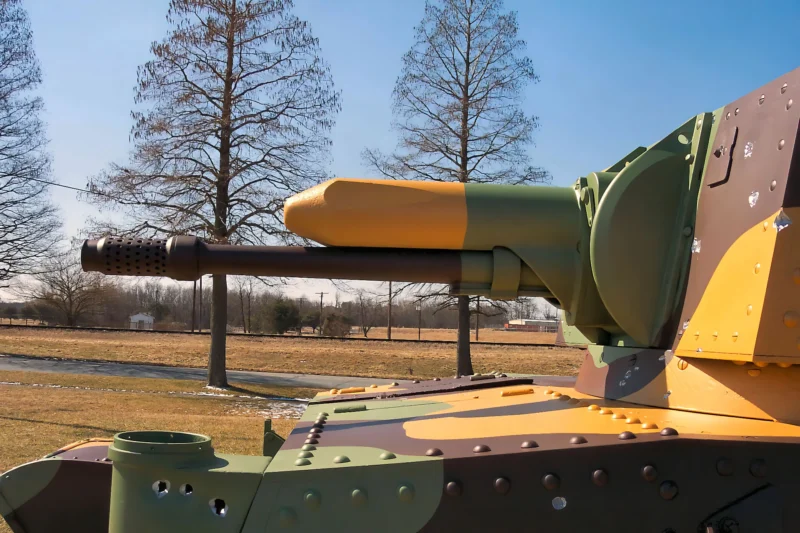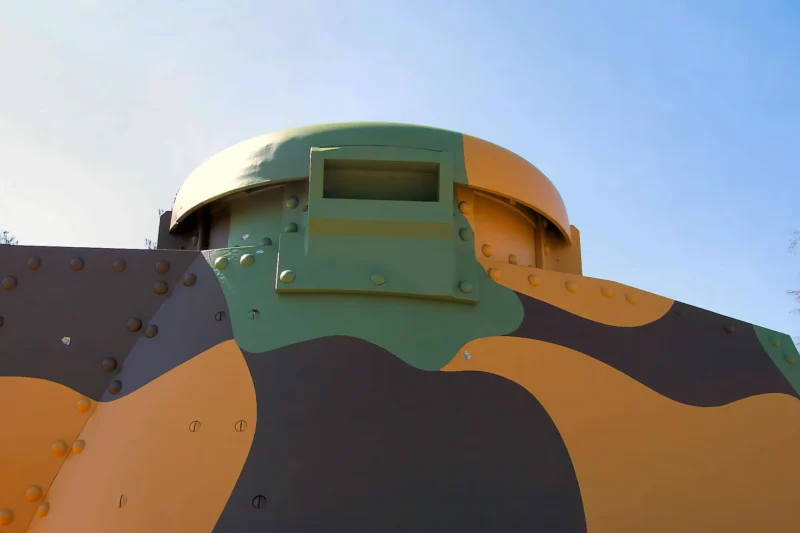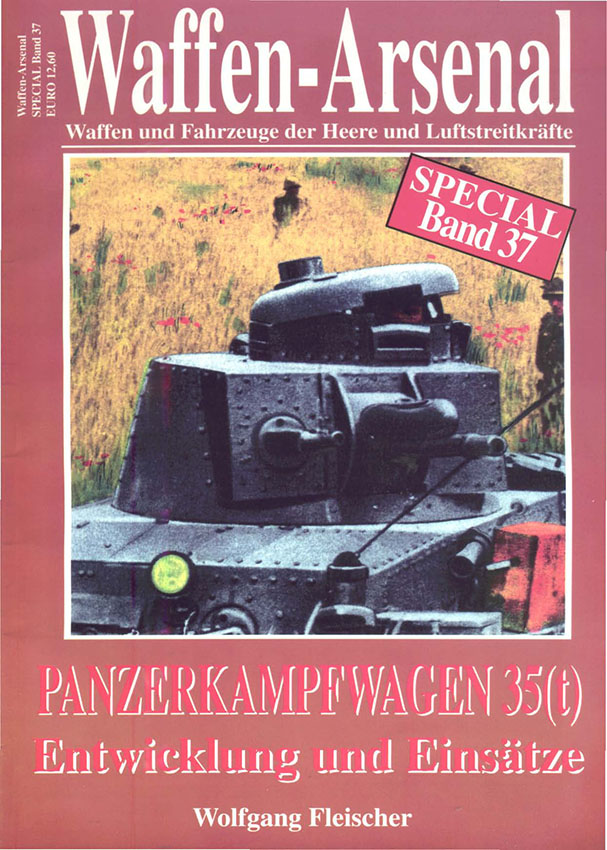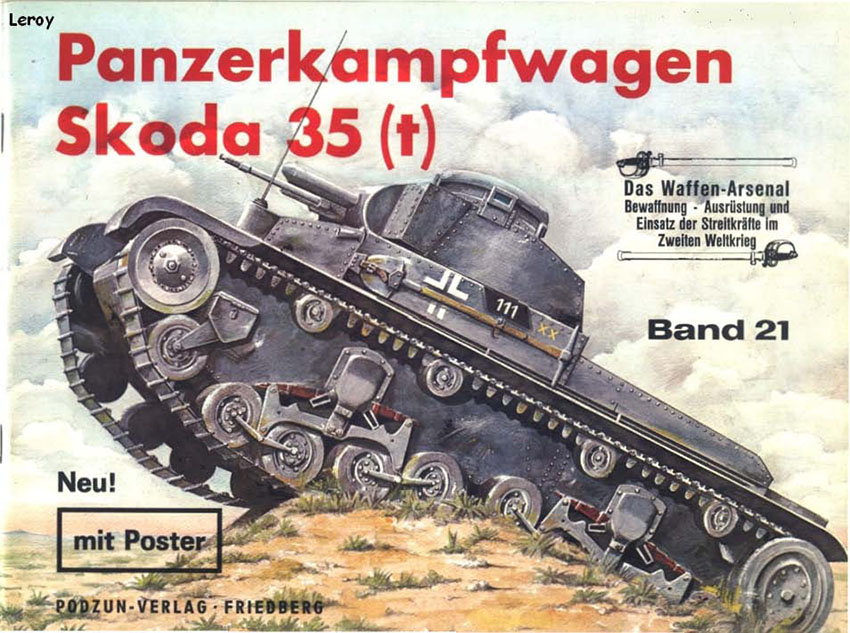
Panzerkampfwagen 35(t) – LT-35 | |
|---|---|
| Maa | Saksa |
| Tyyppi | Auton |
| Kuvaus | Albumi 66 kävelykuvia säiliöstä Panzerkampfwagen 35(t) – LT-35 |
Galerie photo sur un Panzerkampfwagen 35(t) – LT-35, Le Panzerkampfwagen 35(t) était un char d’assaut tchécoslovaque utilisé par les allemands lors de la seconde guerre mondiale. Son appellation Tchèque était LT vz 35. la conception du char LT vz 35 est typique des procédés en vigueur durant les années 1930 en employant un blindage riveté au lieu d’être soudé, le positionnement du moteur à l’arrière de l’engin et enfin la tourelle conçue pour deux hommes. Son armement se constitue d’un canon de 37mm Škoda vz 34 manoeuvré par le chef de char ainsi que de deux mitrailleuses de 7,92mm (une positionnée dans l’habitacle et une coaxiale). Le moteur situé à l’arrière est un Škoda à six cylindres de 120 chevaux, les roues motrices elles aussi sont à l’arrière entrainées par une transmission à six vitesses avec un changement de vitesse actionné par air, le char compte huit roues porteuses avec une roue libre à l’avant. Le LT-35 était le prédécesseur du LT-38 et a été produit à 424 exemplaires entre 1935 et 1939 par Skoda et CKD. Quand l’Allemagne annexa la Tchécoslovaquie plus de 200 unités furent rattachées à la Wehrmacht au sein de la 6e Panzerdivision. La fin de la production se déroula sous la supervision allemande en 1939.
Katso myös:
Nniiden Panzerkampfwagen 35(t), originally the Czechoslovak Lehký tank vzor 35 (LT vz. 35), was a light tank designed by Škoda and ČKD. Following the German occupation of Czechoslovakia in 1939, approximately 244 of these vehicles were incorporated into the Wehrmacht, where the (t) stood for Tschechisch (Czech).
Key Specifications (Pz.Kpfw. 35(t))
| Piirre | Detail |
|---|---|
| Original Designation | LT vz. 35 |
| Rooli | Kevyt säiliö |
| In German Service | 1939–1942 (Phased out due to obsolescence) |
| Paino | 10.5 tonnes |
| miehistö | 4 (Commander, Gunner, Loader, Driver/Radio Operator – German modification added a dedicated loader) |
Armament and Protection
The Pz.Kpfw. 35(t) was considered well-armed and armored for a light tank of its era, often matching early versions of the German Panzer III.
- Main Gun: The 3.7 cm KwK 34(t) L/40 gun (originally the Škoda 3.7 cm ÚV vz. 34). This gun had good armor-penetration capability in the early years of the war.
- Secondary Armament: Two 7.92 mm MG 37(t) machine guns (one coaxial in the turret, one in the hull operated by the radio operator).
- Armor Thickness: 8 mm to 25 mm (riveted construction). The 25 mm frontal armor offered good protection against rifle-caliber anti-tank weapons and early machine guns.
- Crew Efficiency: The German adoption of a four-man crew (adding a dedicated loader) significantly increased the gun’s rate of fire and improved the commander’s ability to focus on tactical duties, a key advantage over early French tanks like the Somua S35.
Operational History and Mobility
The Panzer 35(t) saw significant action in the early Blitzkrieg campaigns but faced reliability issues, particularly in cold climates.
- Engine: Škoda T-11/0 4-cylinder gasoline engine, producing 120 hp.
- Speed: Maximum road speed of approximately 34 km/h (21 mph). While reasonable, it lacked the cross-country speed of later German designs.
- Key Campaigns: It formed the core of the German 6th Panzer Division (after reorganization) and was heavily used in the invasions of Poland (1939) and France (1940).
- Operational Issues: The tank’s complex pneumatic steering system proved vulnerable to cold weather and dust, leading to numerous breakdowns. It suffered heavy losses in the invasion of the Soviet Union (Operation Barbarossa) in 1941, primarily due to the harsh climate and the appearance of superior Soviet tanks like the T-34.
- Retirement: The Pz.Kpfw. 35(t) was largely withdrawn from German front-line service by early 1942, with surviving chassis often converted into training vehicles or ammunition carriers. It continued to be used by Germany’s allies, notably Romania, until later in the war.
Views : 4411
